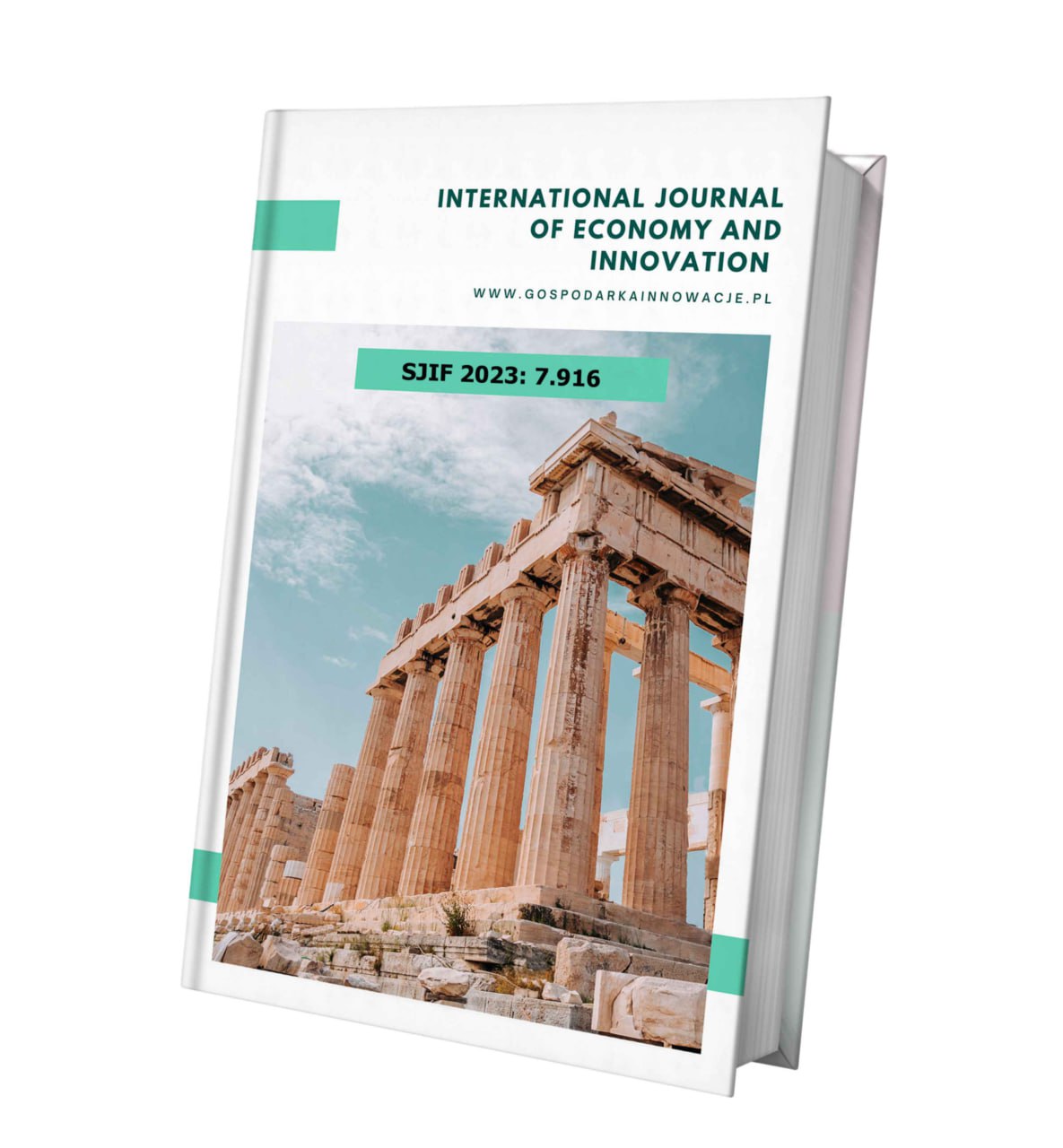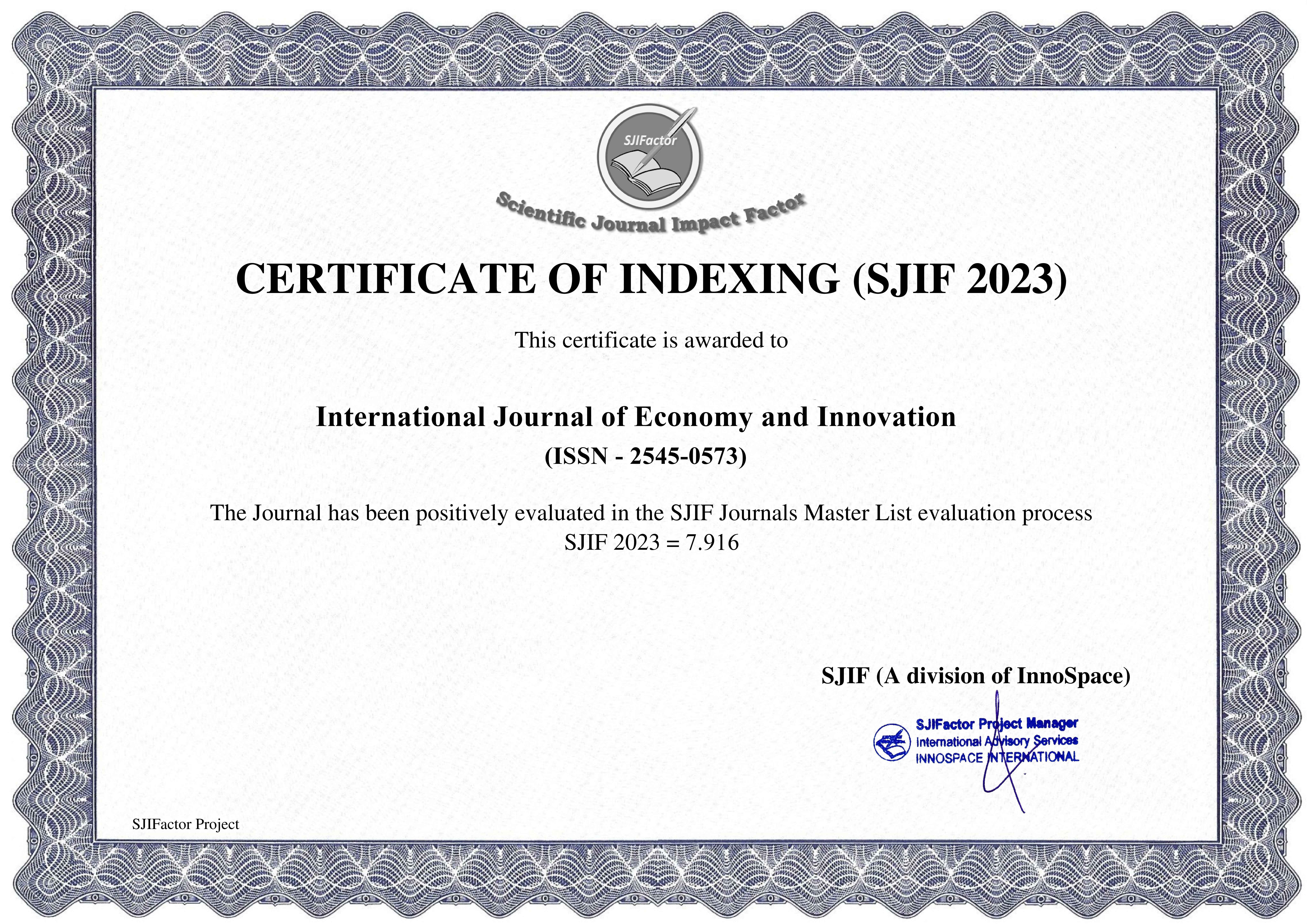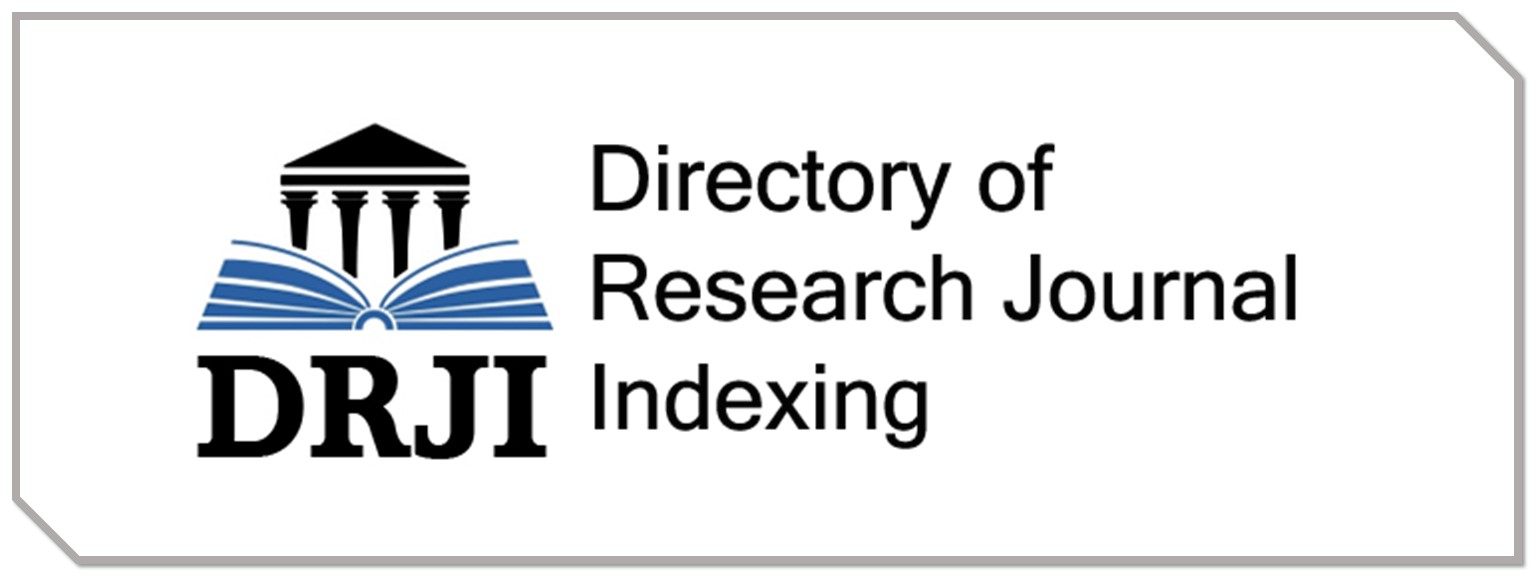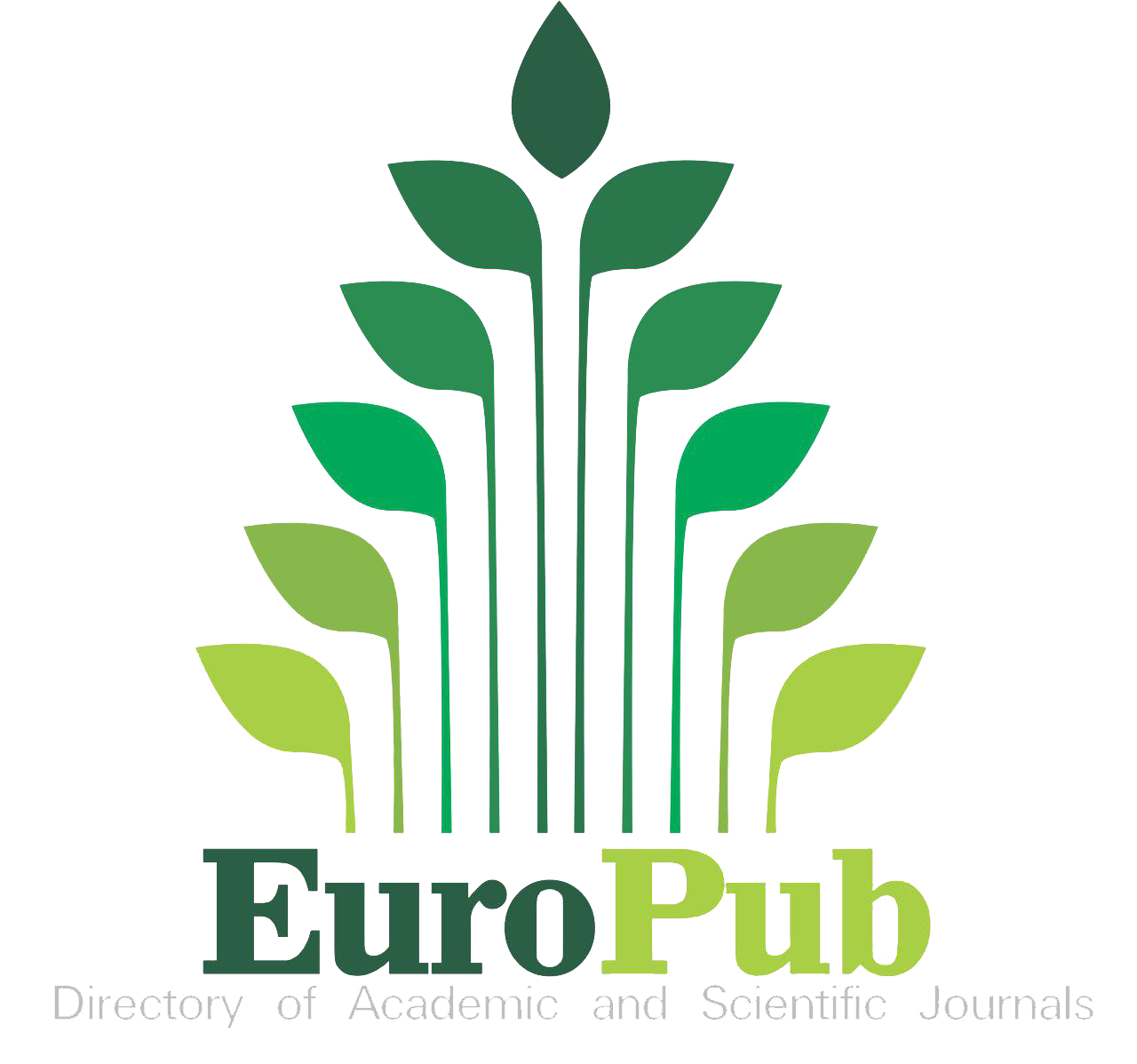USE OF MEDICINAL PLANTS AS A PANACEA TO POULTRY PRODUCTION AND FOOD SECURITY: A REVIEW
Keywords:
Antibiotics, antioxidants, medicinal plants, phytochemicals, livestock, food safetyAbstract
Medicinal plants remain the most untapped reservoir of potential therapeutic agents that can be exploited in reducing animal exposure to diseases. Some plants possess significant immune stimulatory, hepatoprotective, anti- inflammatory, antifungal, hypolipidemic and antioxidant activities due to the presence of phytochemicals. Phytochemicals or secondary metabolites are generally regarded as safe, effective, environmental freiendly and relatively cheap. Examples of phytochemicals includes; tannins, flavonoids, phenols, alkaloids, saponins and terpenoids. Concentrations of phytochemicals in plants vary from plant to plants, method of extraction, geographical locations, species and age of plants. Medicinal plants are capable of stimulating feed intake, enhancing growth performance, improving gastrointestinal morphology, immune modulator, nutrient utilization as well as modulating the fatty acid of meat. They are also recommended as one of the potential alternatives to antibiotics and to bridge the gap between food safety and livestock production.

















